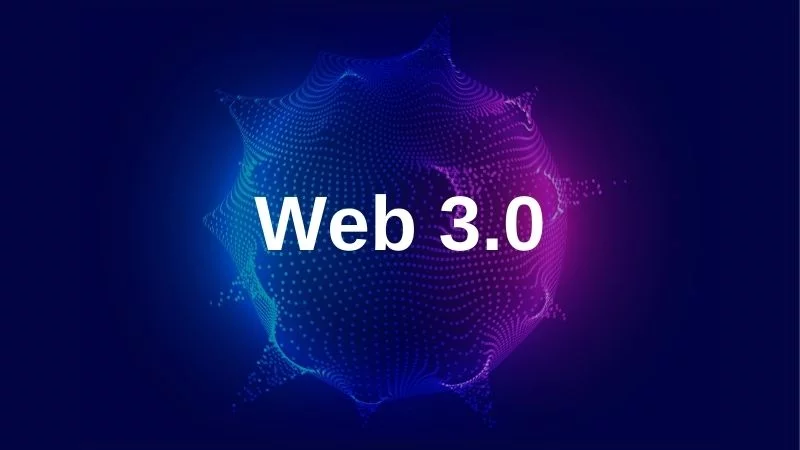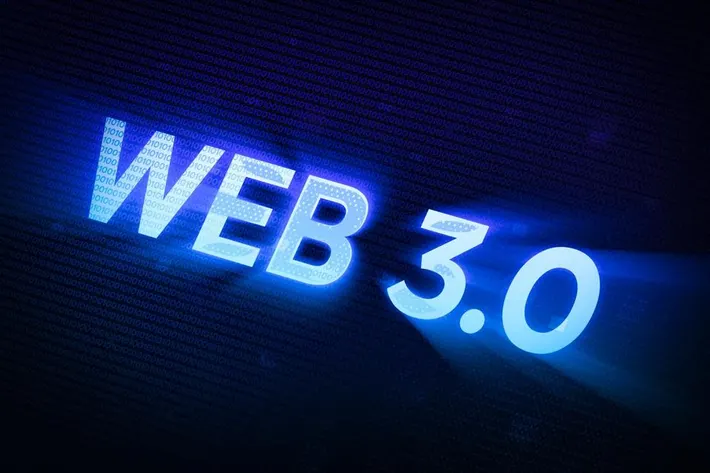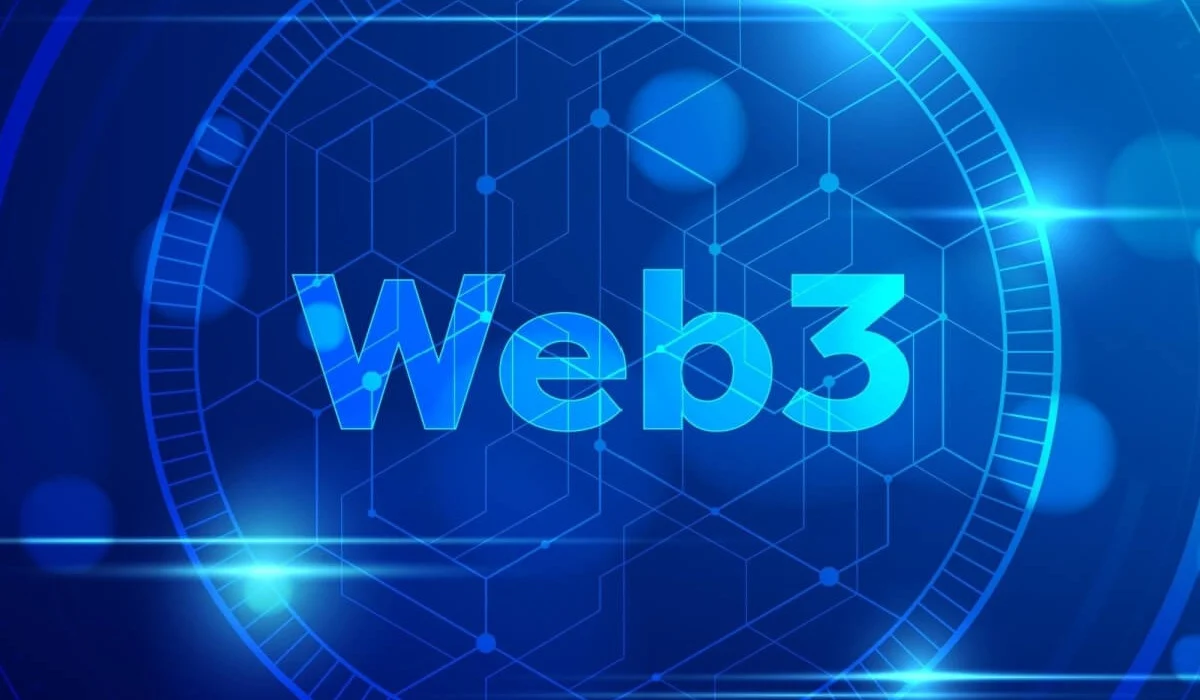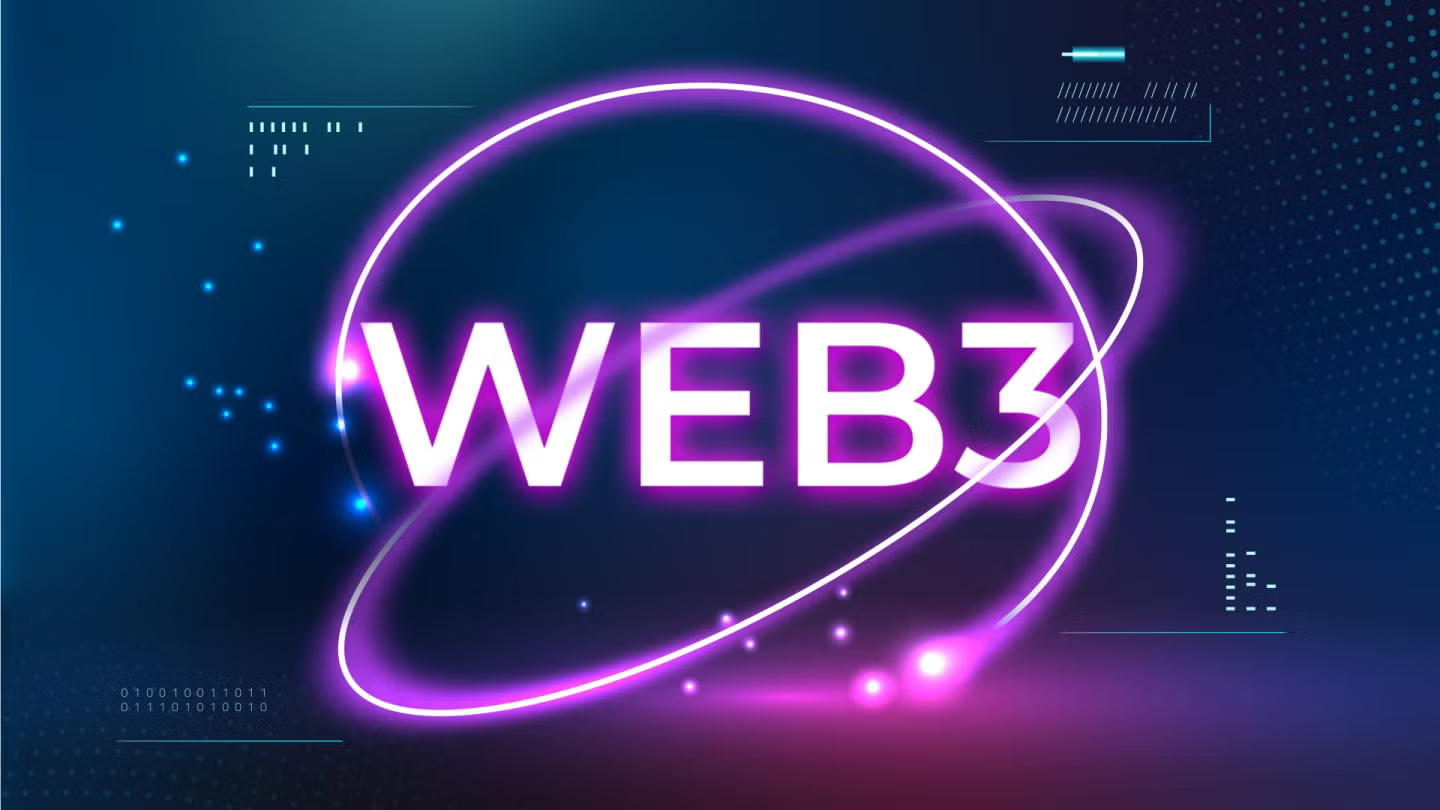Web3 represents a revolutionary paradigm shift in how we interact with the internet, promising to transform our digital world from centralized corporate control to user-owned, decentralized networks. Unlike the current Web 2.0 era where tech giants like Meta, Google, and Amazon control vast amounts of user data and digital interactions, Web3 envisions an internet built on blockchain technology that puts power directly into users’ hands.
The concept of Web3, first coined by Ethereum co-founder Gavin Wood in 2014, has gained tremendous momentum since 2018, with significant increases in equity investment, patent filings, and industry adoption. This third generation of the internet combines the decentralization principles of Web 1.0 with the interactivity of Web 2.0, creating a user-friendly interface where individuals maintain complete control over their online experience and digital assets.
At its core, Web3 leverages blockchain technology, smart contracts, and cryptographic mechanisms to eliminate intermediaries and create trustless interactions between users. Instead of relying on centralized platforms that monetize user-generated content, Web3 enables direct peer-to-peer transactions and interactions through decentralized applications running on distributed networks. This fundamental shift promises enhanced security, true data ownership, and unprecedented user empowerment in the digital.
The financial services industry has been at the forefront of Web3 adoption, with decentralized finance platforms processing over $10 billion in daily transaction volumes at their peak. However, Web3’s potential extends far beyond finance, encompassing gaming through NFTs, digital identity management, content creation, and even governance through decentralized autonomous organizations.
Understanding Web3 Technology

Blockchain: The Foundation of Decentralization
Blockchain technology serves as the fundamental infrastructure enabling Web3’s decentralized vision. This distributed ledger system records transactions across multiple nodes without requiring a central authority, creating an immutable and transparent record of all interactions. Every transaction is verified through consensus mechanisms like proof-of-work or proof-of-stake, ensuring security and eliminating single points of failure.
The blockchain’s decentralized nature means no single entity can control or manipulate the network, fostering censorship resistance and enhanced trust among participants. This technology enables the creation of smart contracts—self-executing programs that automatically perform specific actions when predetermined conditions are met, streamlining transactions and removing intermediaries.
Smart Contracts and Decentralized Applications
Smart contracts form the backbone of Web3 applications, enabling automated, trustless interactions between parties. These programmable contracts execute automatically when specific conditions are fulfilled, eliminating the need for traditional intermediaries and reducing transaction costs while increasing transparency.
Decentralized applications built on blockchain networks leverage smart contracts to provide services without centralized control. These applications offer enhanced security through cryptographic algorithms, complete user data ownership, and transparent operations where all transactions are recorded on the blockchain for public verification.
Key Features Distinguishing Web3
True Data Ownership and Privacy
One of Web3’s most significant advantages is returning data ownership to users. In the current Web 2.0 model, users surrender control of their personal information to service providers who monetize this data. Web3 fundamentally changes this dynamic by allowing users to maintain complete ownership and control over their data, deciding how and with whom to share it.
Web3 environments prioritize user privacy through advanced cryptographic techniques like zero-knowledge proofs, enabling users to verify information without revealing the actual data. This approach allows for pseudonymous interactions while maintaining personal data security, creating a more private and secure digital experience.
Tokenization and Digital Assets
Web3 introduces tokenization, converting physical and digital assets into blockchain-based tokens that enable fractional ownership, trading, and participation incentives. Non-fungible tokens provide verifiable ownership of digital assets, ensuring that no entity can revoke this ownership. This creates new economic models where users can directly monetize their contributions to platforms and networks.
Cryptocurrency wallets serve as digital identities and secure storage for assets, eliminating traditional login methods while providing enhanced security. Users can interact with multiple Web3 applications using a single wallet, maintaining control over their digital identity across platforms.
Web3 vs. Previous Internet Generations

Evolution from Web 1.0 to Web3
Web 1.0 consisted primarily of static, read-only websites where users were mainly content consumers. Web 2.0 introduced interactivity and user-generated content, but centralized control in the hands of major technology corporations who profit from user data and content.
Web3 combines the best aspects of both previous generations while addressing their limitations. It maintains Web 1.0’s decentralized principles while incorporating Web 2.0’s interactivity, but shifts control back to users through blockchain technology and token-based economics.
Trust and Transaction Models
Web 2.0 transactions rely on trust between parties and central facilitators, creating vulnerabilities and dependencies. Web3 eliminates the need for trust by using cryptographic verification and consensus mechanisms to ensure transaction validity. This trustless model reduces fraud risk and eliminates intermediary fees while increasing transaction speed and security.
Current Applications and Future Potential
Decentralized Finance
Decentralized finance represents one of Web3’s most successful current applications, removing traditional financial intermediaries and enabling direct peer-to-peer financial services. Users can lend, borrow, trade, and earn interest on digital assets without requiring banks or other financial institutions, democratizing access to financial services globally.
Gaming and Digital Ownership
Web3 gaming introduces true ownership of in-game assets through NFTs, allowing players to trade, sell, or transfer items across different games and platforms. This creates new economic opportunities for gamers and developers while establishing genuine digital property rights.
Integration with Emerging Technologies
The future of Web3 involves integration with artificial intelligence and machine learning to create more intelligent, automated services. AI will help differentiate information and provide more relevant results while maintaining Web3’s decentralized principles. The combination with IoT devices will create ubiquitous connectivity, allowing seamless interaction across smart devices and platforms.
Challenges and Considerations

Adoption Barriers
Despite its potential, Web3 faces significant challenges, including regulatory uncertainty, technical complexity, and mainstream adoption barriers. The technology requires users to understand new concepts like private keys, wallet management, and blockchain interactions, creating a learning curve that may slow widespread adoption.
Scalability and Environmental Concerns
Current blockchain networks face scalability limitations and energy consumption concerns, particularly with proof-of-work consensus mechanisms. However, newer consensus models and layer-2 solutions are addressing these issues while maintaining security and decentralization.
Web3 represents more than just technological advancement—it embodies a fundamental shift toward user empowerment and digital sovereignty. As blockchain technology matures and integration with AI and IoT accelerates, Web3 promises to create a more equitable, secure, and user-controlled internet where individuals truly own their digital lives.




